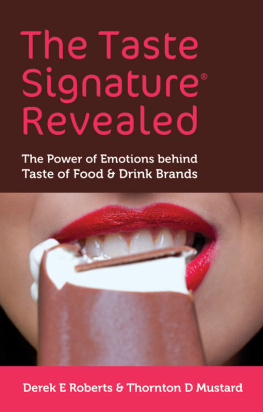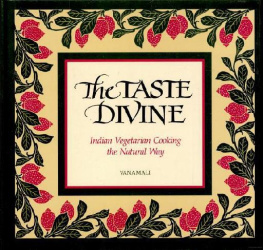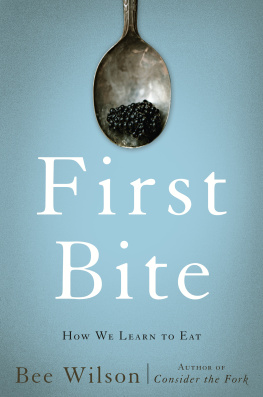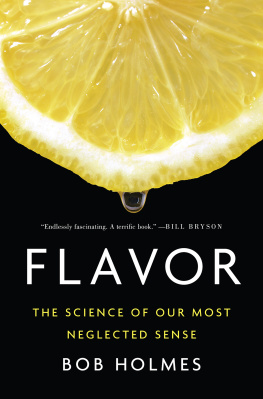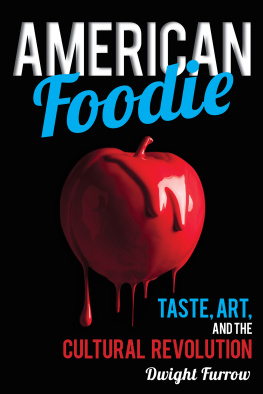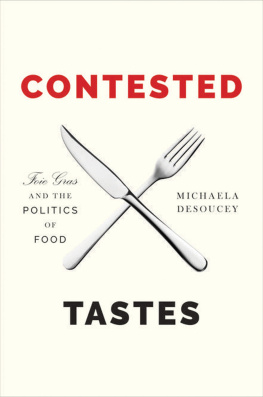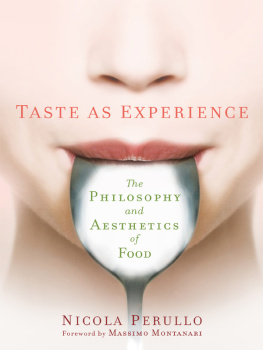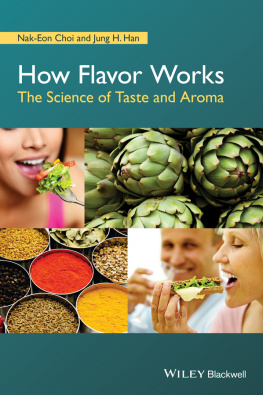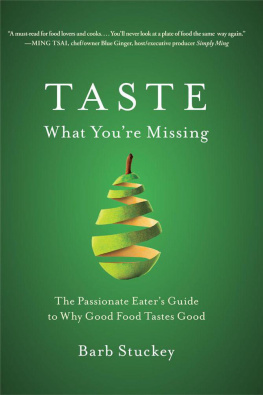
Scribner
A Division of Simon & Schuster, Inc.
1230 Avenue of the Americas
New York, NY 10020
www.SimonandSchuster.com
Copyright 2015 by John McQuaid
All rights reserved, including the right to reproduce this book or portions thereof in any form whatsoever. For information, address Scribner Subsidiary Rights Department, 1230 Avenue of the Americas, New York, NY 10020.
First Scribner hardcover edition January 2015
SCRIBNER and design are registered trademarks of The Gale Group, Inc.,used under license by Simon & Schuster, Inc., the publisher of this work.
For information about special discounts for bulk purchases, please contact Simon & Schuster Special Sales at 1-866-506-1949 or .
The Simon & Schuster Speakers Bureau can bring authors to your live event. For more information or to book an event, contact the Simon & Schuster Speakers Bureau at 1-866-248-3049 or visit our website at www.simonspeakers.com.
Jacket design by Will Staehle
Jacket photograph Shutterstock
Manufactured in the United States of America
1 3 5 7 9 10 8 6 4 2
Library of Congress Cataloging-in-Publication Data is available.
ISBN 978-1-4516-8500-8
ISBN 978-1-4516-8502-2 (ebook)
For Mom
CHAPTER 1
The Tongue Map
E arly in his psychology career, Edwin Garrigues Boring often used himself as a guinea pig. As a graduate student at Cornell University in 1914, he swallowed feeding tubes to measure how his esophagus and stomach responded to different foods, and sliced a nerve in his own forearm in order to document its gradual regrowth. In 1922, just before Boring was to start a teaching job at Harvard, he was struck by a car on a rainy night. He lay in a hospital bed for six weeks with a fractured skull and short-term memory loss, forgetting his conversations with visitors within a few minutes. After he recovered, Boring used this experience to analyze the nature of awareness, pondering whether someone living in an eternal present was truly conscious.
This hands-on sensibility helped make Boring one of the twentieth centurys most influential psychologists. It wasnt by virtue of any single theory or discovery. (Though he did popularize a minor curiosity, the Boring figure, an optical illusion in which a slight shift in perspective flips the image of an old womans face, as perceived by the eye and the mind, to that of a young womans head.) Instead, Boring made his mark by changing the popular conception of psychology itself. When his career began, the field was a hodgepodge of disciplines, equal parts philosophy, therapy, and lab experimentation, each with its own approach and terminology. From his influential perch at Harvard, Boring pushed to make it more consistent and rigorous, to have it hew more closely to the scientific method. He believed a scientist was obligated to relentlessly scrutinize and measure his own sensations, grounding all findings in direct observationa tenet of the philosophy known as positivism. This was the closest science could possibly get to the truths about reality it aspired to capture.
But there was a point in his career when putting these beliefs into practice could have averted a major scientific misunderstanding, and Boring failed spectacularly. The mishap involved the nature of taste. By the 1940s, Boring had become an accomplished historian, chronicling the emergence and evolution of modern psychology. His 1942 volume, Sensation and Perception in the History of Experimental Psychology , is still considered a magisterial survey of the science of the human senses stretching back to Sir Isaac Newtons seventeenth-century studies of light and color.
Boring covered taste and smell in a relatively brief chapter in the book, twenty-five pages out of seven hundred. Midway through it, he reviewed an experiment done in 1901 by David P. Hnig, a German scientist. Hnig had brushed sweet, salty, bitter, and sour solutionsrepresenting the four basic tastes, important components of flavoron different areas of the tongues of volunteers, and then asked them to rate their relative strength. He found the threshold for detecting each taste varied around the edge of the tongue. The tip, for example, was more sensitive to sweetness and to salt than was the base.
It wasnt clear what this meantif anythingand the differences were very small. But Boring found this notion interesting and went to some lengths to illustrate it. He borrowed the data from Hnigs study and turned it into a graph. The graph was just a visual aid; it had no units, and its curves were impressionistic. But the result was thatperhaps to dramatize the point, or perhaps inadvertentlyBoring made small differences in perception appear huge.
The wayward chart became the basis for a famous diagram of the tongue, divided into zones for each taste: The tip is labeled sweet and the back bitter. Along each side, salty is close to the front, and sour is behind it. The center is blank. Linda Bartoshuk, a professor of psychology who has studied this maps origins, believes it came about through a game of telephone: First, Boring exaggerated Hnigs findings. Then researchers and textbook editors misinterpreted Borings graph, using the peaks of its curves to label specific areas on the tongue. A final round of confusion produced a diagram with taste boundaries clearer than those on a world map.
The tongue map offered a simple explanation for how the tongue processed tastes, a phenomenon everyone knew intimately. Teachers embraced it. Generations of elementary school students sipped and swished water spiked with either sugar, salt, lemon juice, or tonic water in a classroom experiment designed to dramatize the tongue map. Like air raid drills or dodgeball, the tongue map became a feature of postwar American schooling and lodged itself in the popular imagination.
However, these demonstrations no doubt confused more children than they enlightened, as many found they couldnt detect the supposedly dramatic taste gradients. Even as the tongue map took on the mantle of conventional wisdom, research revealed that it wasnt merely an exaggeration or misinterpretation but totally wrong. In 1973, Virginia Collings of the University of Pittsburgh repeated Hnigs original tests. Like him, she found very limited variation in the tongues taste geography. In the 2000s, more advanced tests showed that all five tastes (umami, or savoriness, was recognized as a fifth in 2001) can be detected all over the tongue. Every taste bud is studded with five different receptor proteins, each tailored to detect molecules of one of the basic tastes.
Had Boring done some taste testing himself instead of interpreting Hnigs forty-year-old data, he might have noticed the problem with his graph. Instead, he launched one of the more widely disseminated bits of scientific misinformation in history.
The old diagram has lost much of its cachet in recent years. But it still lingers in some areas of the culinary world, including coffee and wine tasting, which value tradition and continuity as much as science. Claus Riedel, the Austrian glassware designer, used it to create wineglasses whose unique curvature is intended to deliver each sip to the right place on the tongue to release the full flavor. (Riedel died in 2004; since then, his son and successor Georg Riedel has acknowledged that science undermines the tongue map, but maintains the glass designs work.) Boring died in 1968, before the map had been discredited. That he made a fundamental error about the nature of one of the senses, which he considered the building blocks for understanding both the mind and the universe, is an irony that he would doubtless have found mortifying. It was no mere miscalculation, but a basic error about a universal human experience. Everyone knows the gratifying Mmm of sweetness and the stark taste difference between a pinch of salt and a fistful. Cheesecake makes the brain explode with pleasure. The complex tastes in coffee are a global obsession. Recipes distill entire cultures down to a single sensation. Flavor is one of a very few things that make day-to-day existence not just survivable but consistently enjoyable.


